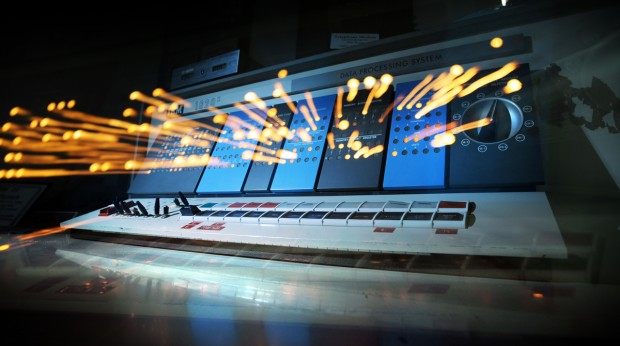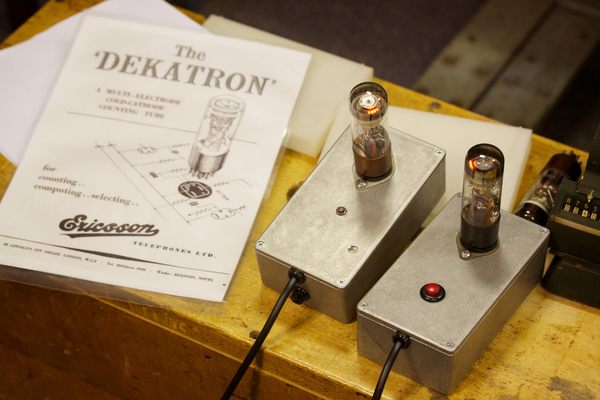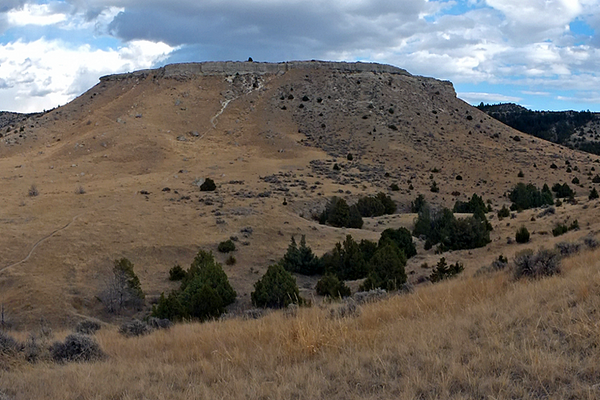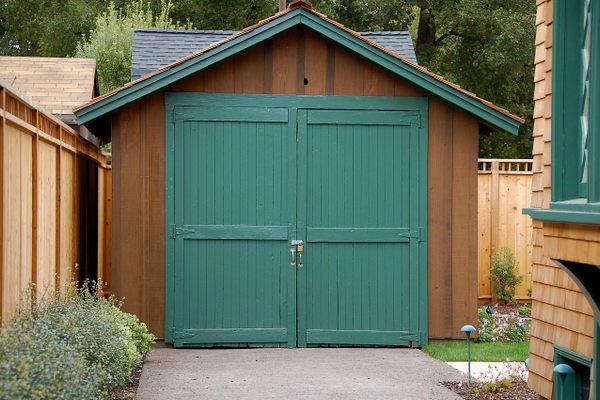American Computer Museum
See the computer’s history revealed over the course of 20,000 years.
“To collect, preserve, interpret, and display the artifacts and history of the information age.”
That is the mission of the American Computer Museum, founded by husband and wife George and Barbara Keremedjiev. Although the computer has worked its way into nearly every facet of daily life, the American Computer Museum is one of only two museums in the U.S. dedicated to the history of the computer (the other being the Computer History Museum in Silicon Valley).
For many people, the esoteric language and pervasive status of computers creates confusion and an apprehension towards technology. George Keremedjiev therefore aims to demystify the machine by showing its evolution as a natural extension to human development.
Visitors to the museum are guided through a 20,000-year timeline detailing the origins and history of the information age. From the ancient writing system of the Sumerians to early versions of the calculator, the Keremedjievs connect key historical developments to weave an intricate tale of how the computer was born and subsequently changed the course of civilization.
The collection started with one mechanical calculator that was purchased in 1980. Soon, the Keremedjievs had acquired so many computing artifacts that a museum only seemed logical. Even today, with 6,000 square feet of floor space, the museum can only manage to display about six percent of its entire collection. Still, over 1,000 items are on view, including an operator’s switchboard, Montana’s oldest telephone and calculator, antique office appliances, Arithmometers, adding machines, and dozens of mainframes and personal computers.
Some machines can’t be displayed because they are simply too large. The Burroughs model 205, for example, is a 60-foot-long and 6-foot-deep computer made in 1956, now sitting in the Keremedjiev’s storage. On the other hand, the IBM 1620 from 1964 might fit the space just fine, but at 1,200 pounds it isn’t likely to move anytime soon. Perhaps the museum’s most famous machine, however, is an early version of the Apollo guidance computer, the instrument that helped land men on the moon. On loan from the Smithsonian, this computer was cutting-edge in the 1960s but operated on only two kilobytes of RAM – about as much memory as a musical greeting card.
The Keremedjievs also ensure that the people responsible for some of the very machines in their collection get the proper recognition. Since 1997, the museum has annually honored important, but often forgotten, innovators of technology with the George R. Stibitz Computer and Communications Pioneer Awards.
The honorees typically travel to Bozeman to accept their award and speak to the public about their careers. Past recipients have included the inventor of the cell phone Martin Cooper, the creator of the compact disc James Russell, and Ralph Baer the inventor of the first home video game.

























Follow us on Twitter to get the latest on the world's hidden wonders.
Like us on Facebook to get the latest on the world's hidden wonders.
Follow us on Twitter Like us on Facebook